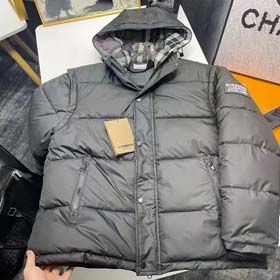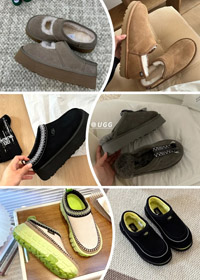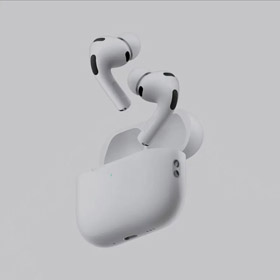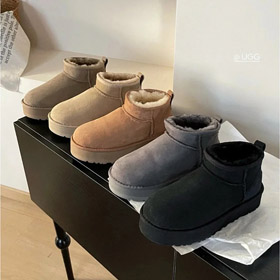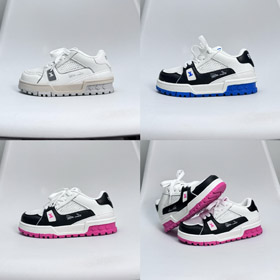Founded in 1856 by a 21-year-old draper's apprentice, Thomas Burberry, the eponymous brand began as a small outfitter in Basingstoke, England. Initially catering to outdoor enthusiasts, Burberry revolutionized rainwear with the invention of gabardine
Burberry’s iconic trench coat, designed for British soldiers during World War I, became a symbol of sophistication post-war. Features like epaulettes, D-rings, and the storm flap were retained, blending utility with elegance. By the 1920s, the brand’s check pattern—now trademarked—addened linings and scarves, cementing its status as a luxury staple. In the 20th century, Burberry expanded internationally, embraced by Hollywood stars like Audrey Hepburn. However, overexposure in the 1990s led to counterfeit issues, tarnishing its exclusivity. A turnaround began in the 2000s under CEO Rose Marie Bravo, who repositioned Burberry as a digital-first luxury brand, leveraging campaigns with models like Kate Moss and innovative social media strategies. Under creative directors like Christopher Bailey and Riccardo Tisci, Burberry has balanced heritage with modern demands. Collaborations with tech giants (e.g., Apple for live-streamed shows) and sustainability initiatives (e.g., carbon-neutral runway events) highlight its forward-thinking ethos. For a curated selection of Burberry’s latest collections, explore this product spreadsheet, featuring seasonal highlights and exclusive items. Burberry’s journey—from a provincial workshop to a £10 billion empire—exemplifies adaptive luxury. By weaving tradition with technology, it remains a benchmark for timeless yet contemporary style.
From Trench Coats to Global Recognition
“Burberry is not just a fashion brand—it’s a piece of British history woven into fabric.” — Industry Analyst
Burberry Today: Innovating While Honoring Tradition
Key Milestones:














